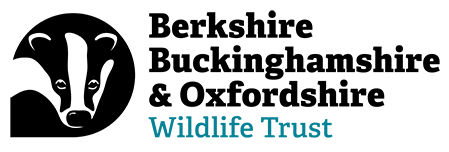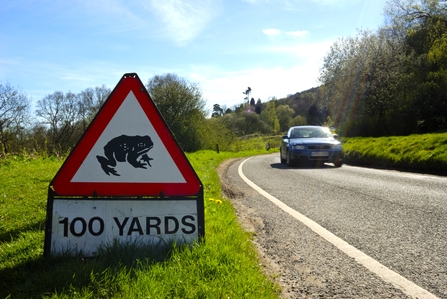It’s 5:20am. The morning hasn’t yet begun to lighten, and this is the point. The toads stranded at the barrier will be vulnerable to attack and predation if they are left exposed in daylight hours. Now is the time to collect the stragglers, those that moved after the evening shift of volunteers reluctantly returned to their beds.
As we pull up on the side of the road with our hi-vis jackets, the headlight beams catch the familiar pale silhouette of a female common toad, labouring her way across the tarmac a few metres ahead, weighed down by a possessive male two thirds of her weight. I get out of the car, but a light from approaching headlights is growing. It’s a lorry, too close for me to risk throwing myself in front of it. I look away as it passes, partly to avoid dazzling the diver with my head torch, partly so I don’t have to see.
A rush of wheels, a doppler cry of air, and the moment passes. I take a second to recover from the headlight dazzle. A heartbeat, two.
The silhouette takes another step, the hormonal drive to return to the pond of her birth recovering her from the shock. I exhale.
I approach rapidly and scoop her up, the protesting male on her back uttering a possessive squeak, operating on the working assumption that I’m the biggest competitor for her affections that he could have ever imagined. They go in the bucket as the distant rumble of a second vehicle grows, approaching on the side of the road they were heading to.
I take a few more steps as the headlights grow, my stomach sinking as the beam of my headtorch mingles with the approaching headlights to illuminate another, smaller figure. A lone male, migrating under his own steam to the pond, without the audacity to expect an already heavily gravid female to bear him.
Again, I avert my eyes, the rush, the following calm.





